Diversity in Irish history
People of colour have lived in Ireland for hundreds of years. In mid-18th century Europe, only London was home more Black residents than Dublin.[1] 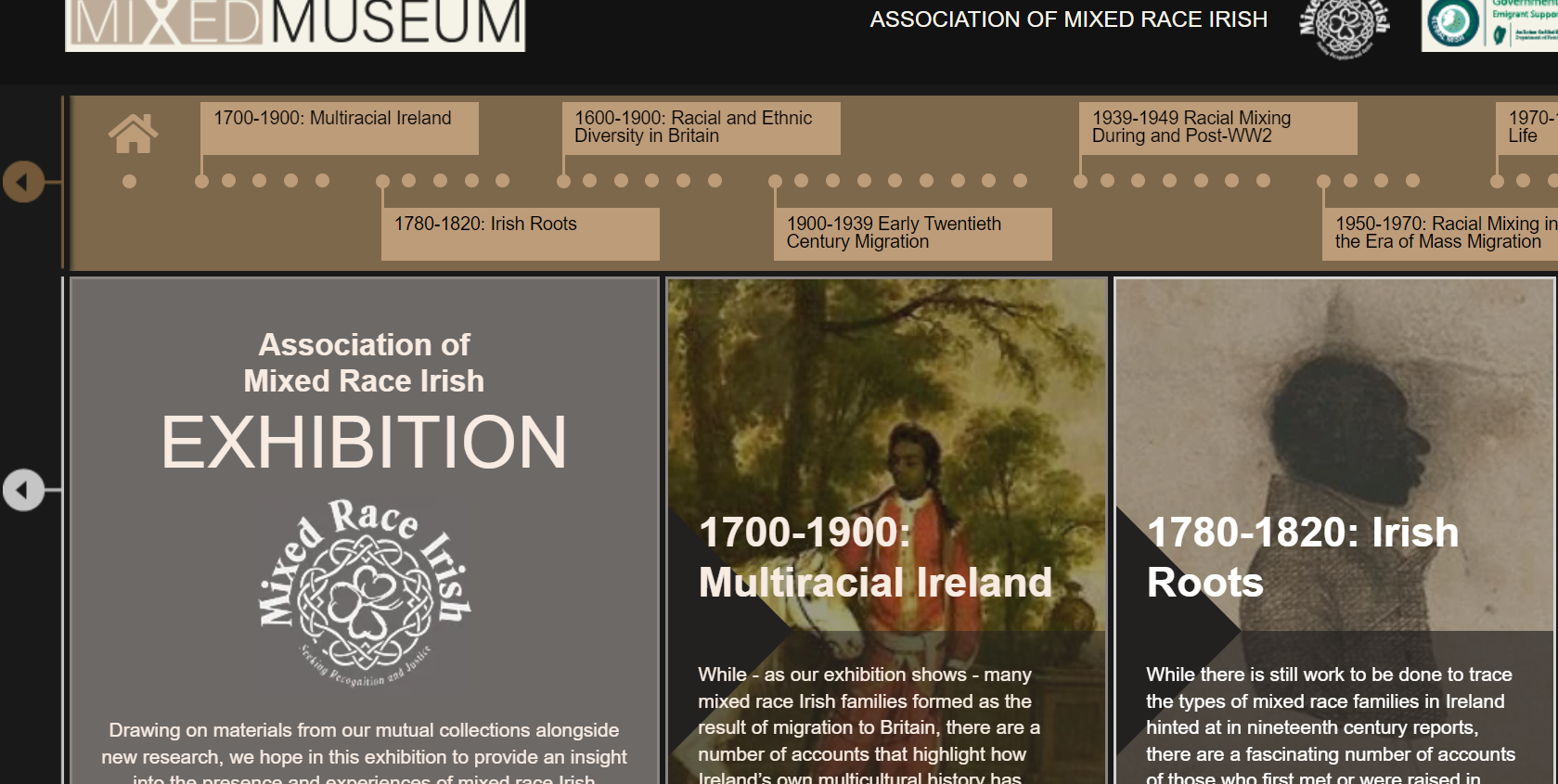 Yet, the experiences of Black people in Ireland have routinely been ignored by academic historians.
Yet, the experiences of Black people in Ireland have routinely been ignored by academic historians.
A new research project at Maynooth University is addressing this absence by exploring stories of diversity in Irish history. Dr Jack Crangle points to some of the project’s initial findings.
Overseas students and mixed-race Irish children
In 1962, more than 1,500 overseas students lived in Dublin. The majority were Black Africans from countries including Nigeria, South Africa and Kenya. A significant number also came from Asia. Many were training to become doctors and went on to have long-term medical careers in countries across the world.
Although many Black and Asian students undoubtedly thrived in Ireland, life could be challenging in an overwhelmingly white society. During the mid-1960s, a wave of racist violence saw more than two dozen Black and Asian students violently attacked on Dublin’s streets. Two Nigerian victims were stabbed in the eye and almost lost their sight.
Many Black African students – who were predominantly men – formed relationships and had children with white Irish women. Hundreds of mixed-race children were born and raised in 20th century Ireland.[2] These interracial relationships, which largely occurred outside of wedlock, were considered shameful by the morals of Irish society at the time.
Consequently, mixed-race children often faced prejudice and stigma. They were sometimes born in secret and raised not by their birth parents, but in abusive institutional settings such as industrial schools and mother-and-baby homes.
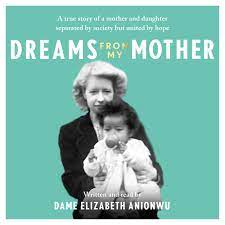 Unmarried mothers sometimes travelled to England to give birth to mixed-race children, hoping to escape the disapproval of Irish society. English cities were also home to a cohort of second-generation mixed-race Irish people, the children of white Irish and Black African/Caribbean immigrants.
Unmarried mothers sometimes travelled to England to give birth to mixed-race children, hoping to escape the disapproval of Irish society. English cities were also home to a cohort of second-generation mixed-race Irish people, the children of white Irish and Black African/Caribbean immigrants.
Hidden stories
The stories of Black and mixed-race Irish people are largely absent from history. Despite excellent recent work to include marginalised voices – particularly those of women and LGBTQ+ individuals – Irish history remains almost exclusively white.
In part, this invisibility is a simple consequence of low numbers. Compared to countries such as the UK or the US, Ireland’s Black population has always been tiny.
Although immigration has increased rapidly since the 1990s, it is often assumed that 20th century Ireland was homogenously white. This is untrue. People of colour lived, worked and studied alongside white Irish people throughout this period. The fact that these communities were relatively small left them more isolated and vulnerable to abuse and discrimination.
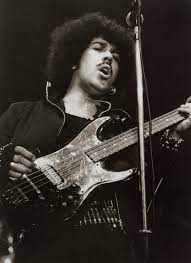 Some of Ireland’s most celebrated national treasures are mixed-race, most notably Thin Lizzy frontman the late Phil Lynott and footballer Paul McGrath. But many mixed-race Irish people have faced discrimination and had their Irish identity denied.
Some of Ireland’s most celebrated national treasures are mixed-race, most notably Thin Lizzy frontman the late Phil Lynott and footballer Paul McGrath. But many mixed-race Irish people have faced discrimination and had their Irish identity denied.
Most Black and mixed-race Irish people have at some point been asked “Where are you really from?”[3] Although this can be asked with good intentions, the question is loaded with the implication that people of colour cannot truly be Irish, even if they have the upbringing, accent and birth certificate to prove that they are.
For most of the 20th century, Irishness was synonymous with whiteness, confining people of colour to the margins. By neglecting to write about diversity in Irish history, historians have unconsciously reinforced this myth of exclusive whiteness.
Get involved: oral history and diversity in Ireland
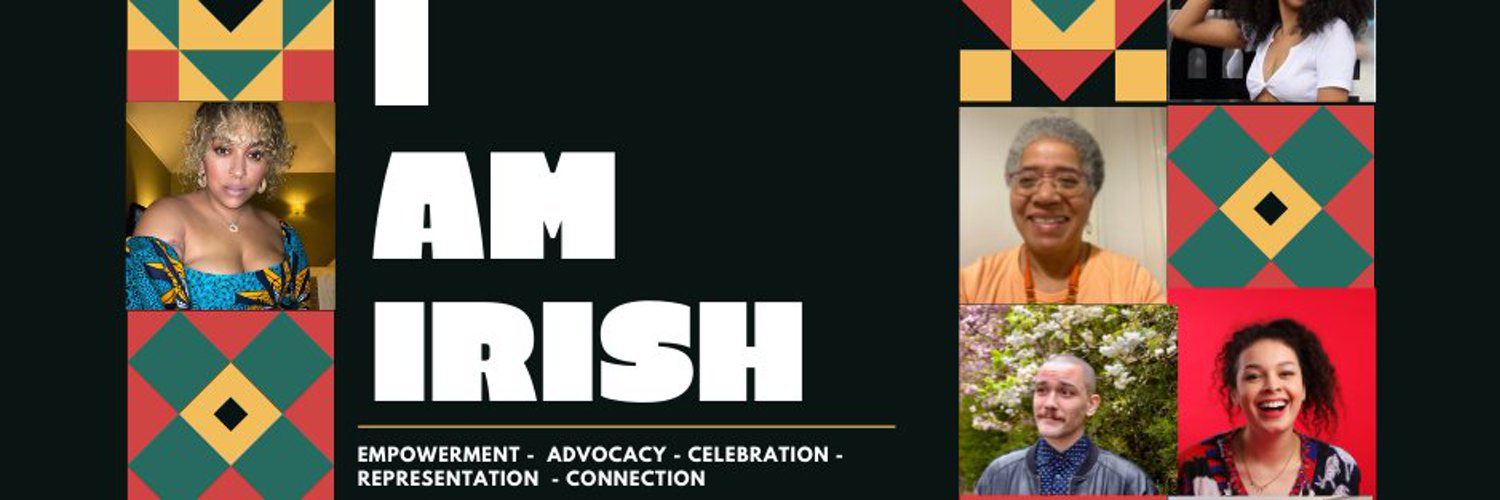 Thankfully, things are beginning to change. A range of community and social media groups have increasingly highlighted the diverse meanings of Irishness, including the aptly named group I Am Irish, which operates across the UK and Ireland.
Thankfully, things are beginning to change. A range of community and social media groups have increasingly highlighted the diverse meanings of Irishness, including the aptly named group I Am Irish, which operates across the UK and Ireland.
Lorraine Maher, the group’s founder, co-curated a photography exhibition featuring 22 mixed-race Irish people, launching in 2016 at the London Irish Centre.
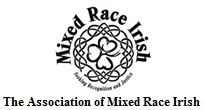 The Black & Irish podcast series has featured discussion about the unique challenges of growing up Black in Ireland, while the Association of Mixed Race Irish has campaigned for justice for survivors of institutional abuse.
The Black & Irish podcast series has featured discussion about the unique challenges of growing up Black in Ireland, while the Association of Mixed Race Irish has campaigned for justice for survivors of institutional abuse.
Ireland in the 21st century is an unmistakably diverse, multicultural society, where terms such as “Black Irish” are no longer seen as contradictory. Nevertheless, there remains a lack of Black and mixed-race voices in Irish history.
To address this gap, a Maynooth University project is recording oral history interviews with Black and mixed-race people who lived in 20th century Ireland, including those now living in Britain.
Oral history provides those who have been excluded from academic history with a chance to have their voices and experiences heard. It allows previously marginalised groups to tell their stories on their own terms.
If you have a story to tell about growing up Black or mixed-race in Ireland, or wish to receive more information about this research, you are invited to contact Dr Jack Crangle: jack.crangle@mu.ie. All enquiries will be treated in the strictest confidence.
It is great to see academics addressing the lack of research on this important aspect of Irish identity. For our 50 Years of the Irish in Britain heritage project, we are keen to ensure that the diversity of Irish people in Britain is fully represented. We encourage anyone from a mixed heritage Irish background to get involved.
If you’d like more information, please email us on 50years@irishinbritain.org or phone on 07826456991.
[1] W. A. Hart, ‘Africans in eighteenth-century Ireland’, Irish Historical Studies (33:129, 2002), p. 22.
[2] Philomena Mullen, ‘Defying the exclusionary homogeneity of Irish whiteness: mixed-race children in Irish industrial schools in the twentieth century’, Ethnic and Racial Studies (46:7, 2023), p. 1457.
[3] Marguerite Penrose, Yeah, but where are you really from? (London: Penguin, 2022).